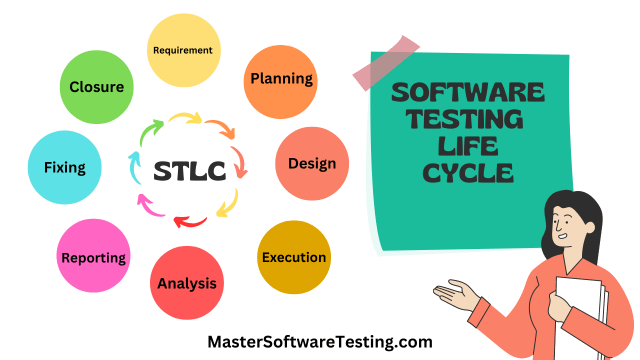
4/24/2023
My latest article - What is Exploratory Testing? Learn with a real world example
 Software
Testing Lifecycle: Test Planning
Software
Testing Lifecycle: Test Planning
Test planning is a critical part of the software testing lifecycle.
Test planning is the phase where we identify our testing scope, approach, resources, and schedule of intended test activities. A well-crafted test plan can ensure the software is tested thoroughly and effectively.
Test planning is the second phase in the software testing lifecycle, after test requirement analysis and before test design.
 Phases of the Software
Testing Lifecycle
Phases of the Software
Testing Lifecycle
 Steps in
Test Planning
Steps in
Test Planning
Test planning is a structured process that involves the following steps:
Test planning produces several key deliverables:
 Entry and Exit Criteria for Test Planning Phase on STLC
Entry and Exit Criteria for Test Planning Phase on STLC
Entry and exit criteria define the conditions that must be met for the testing process to begin and end:
Identifying potential risks and creating a test schedule are critical aspects of test planning:
The risks and schedule for test planning are as follows:
The testing schedule should be realistic and achievable. It should take into account the following important factors:
 Tips for
Performing Effective Test Planning
Tips for
Performing Effective Test Planning
Here are some tips to help you perform effective test planning:
Test planning is an essential component of the software testing lifecycle.
Following the steps outlined in this test planning article, you can develop a comprehensive test plan to help you achieve your testing objectives and deliver a high-quality product.
Remember to involve stakeholders, prioritize test cases, and monitor the testing process to ensure its success. With effective test planning, you'll be well on your way to mastering the software testing lifecycle.